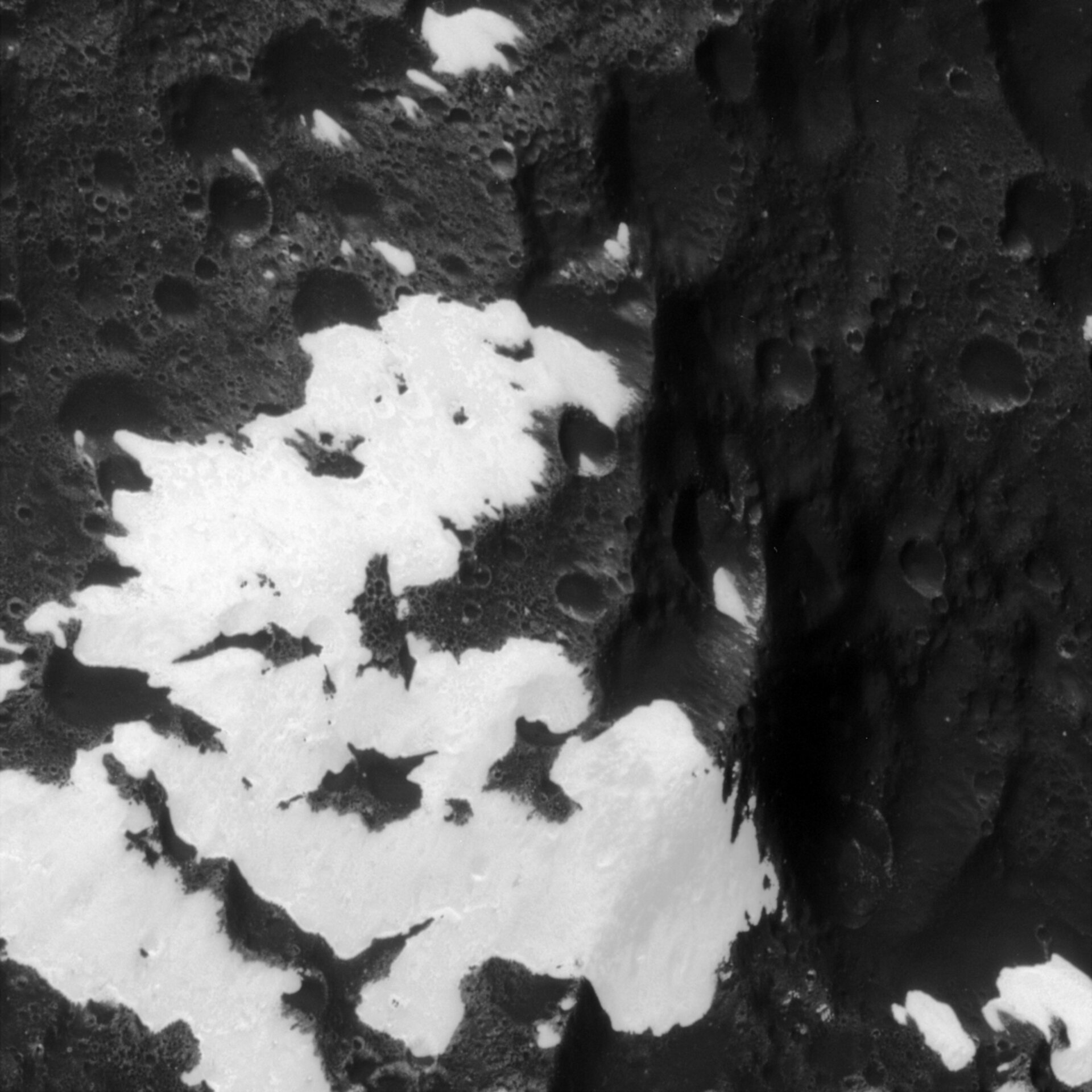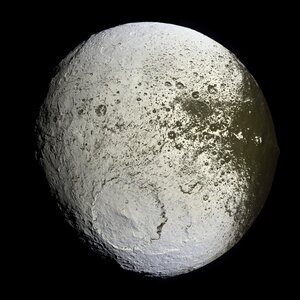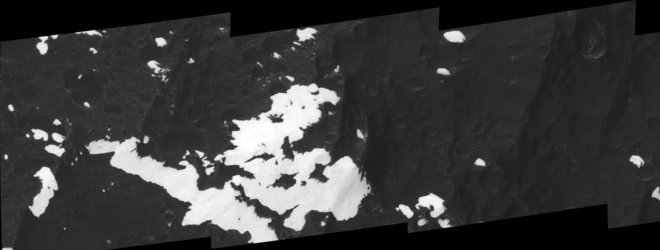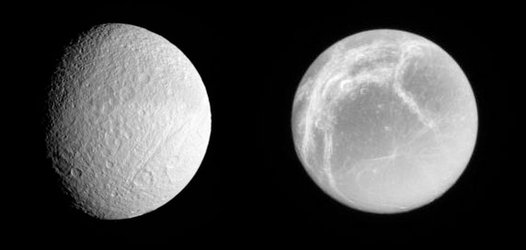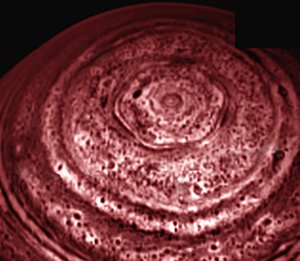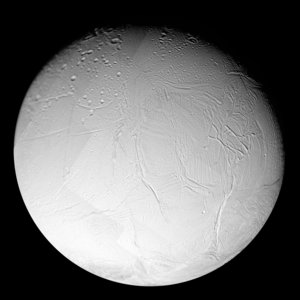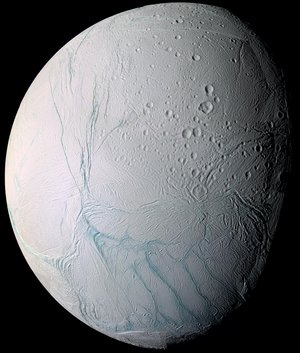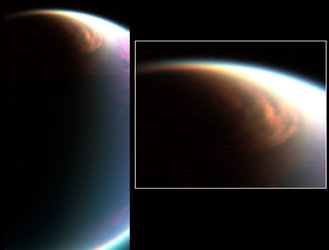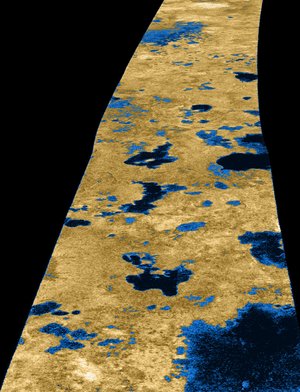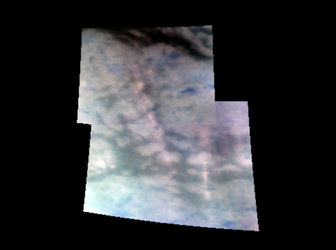Saturn’s moon Iapetus is the Yin-Yang of the Solar System
Cassini scientists are poring through hundreds of images returned from the 10 September fly-by of Saturn's two-toned moon Iapetus.
The pictures show the moon's yin and yang - a white hemisphere resembling snow, and the other as black as tar.
Images returned late Tuesday and early Wednesday show a surface that is heavily cratered, along with the mountain ridge that runs along the moon's equator. Many of the close-up observations focused on studying the strange 20-km high mountain ridge that gives the moon a walnut-shaped appearance.
"The images are really stunning," said Tilmann Denk, Cassini imaging scientist at the Free University in Berlin, Germany, who was responsible for the imaging observation planning. "Every new picture contained its own charm. I was most pleased about the images showing huge mountains rising over the horizon. I knew about this scenic viewing opportunity for more than seven years, and now the real images have suddenly materialised."
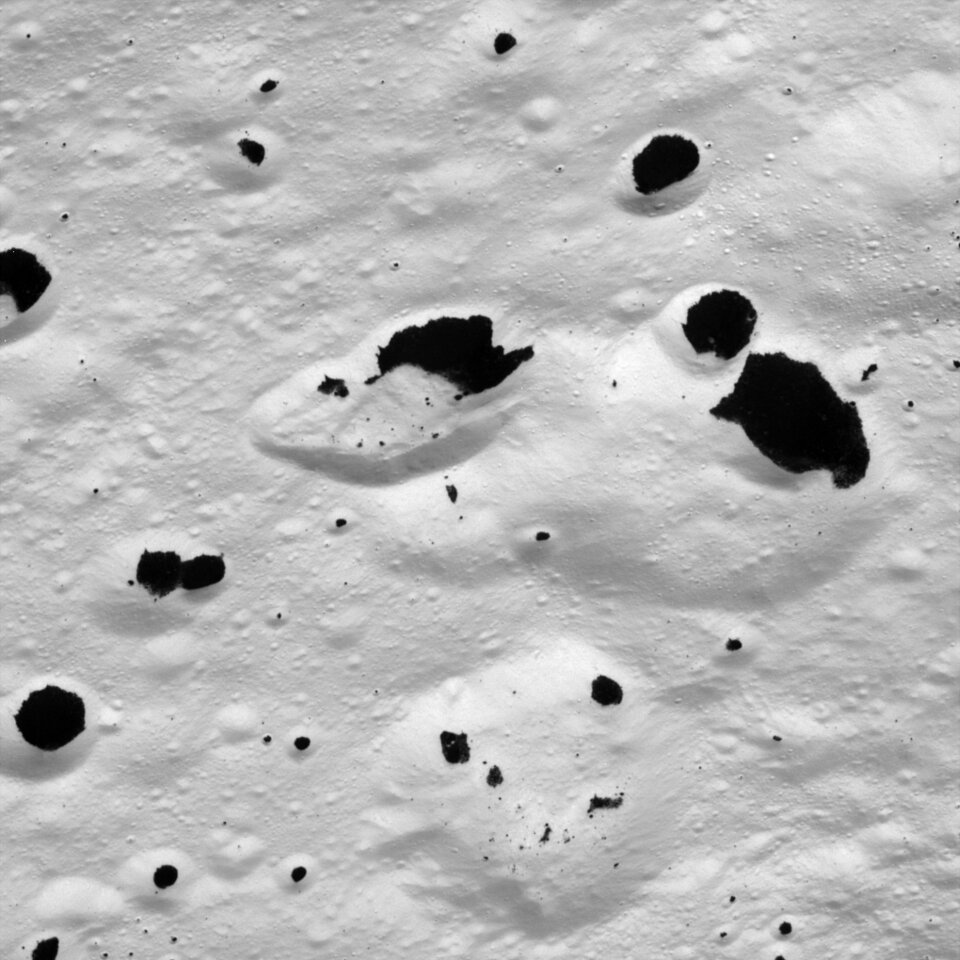
This fly-by was nearly 100 times closer to Iapetus than Cassini's 2004 fly-by, bringing the spacecraft to about 1640 km from the surface. The moon's irregular walnut shape, the mountain ridge that lies almost directly on the equator and Iapetus’ brightness contrast are among the key mysteries scientists are trying to solve.
"There is never a dull moment on this mission," said Bob Mitchell, Cassini programme manager, NASA's Jet Propulsion Laboratory, USA. "We are very excited about the stunning images being returned. There is plenty here to keep many scientists busy for many years."
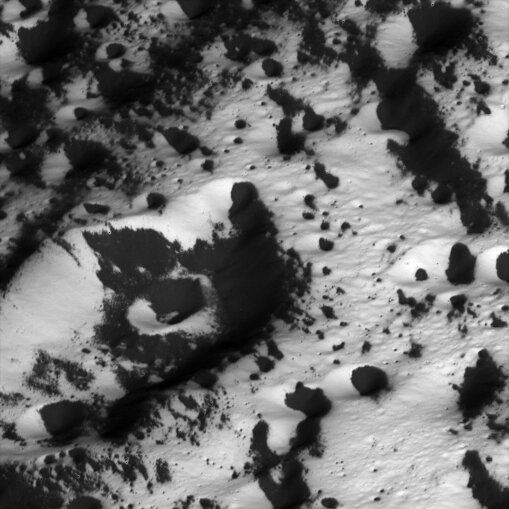
"Our flight over the surface of Iapetus was like a non-stop free fall, down the rabbit hole, directly into Wonderland! Very few places in our solar system are more bizarre than the patchwork of pitch dark and snowy bright we have seen on this moon," said Carolyn Porco, Cassini imaging team leader at the Space Science Institute, USA.
The return of images and other data was delayed early Tuesday due to a galactic cosmic ray hit which put the spacecraft into the so-called safe mode. This occurred after the spacecraft had placed all of the fly-by data on its data recorders and during the first few minutes after it began sending the data home. The data flow resumed later that day and concluded on Wednesday. The spacecraft is operating normally and its instruments are expected to return to normal operations in a few days.
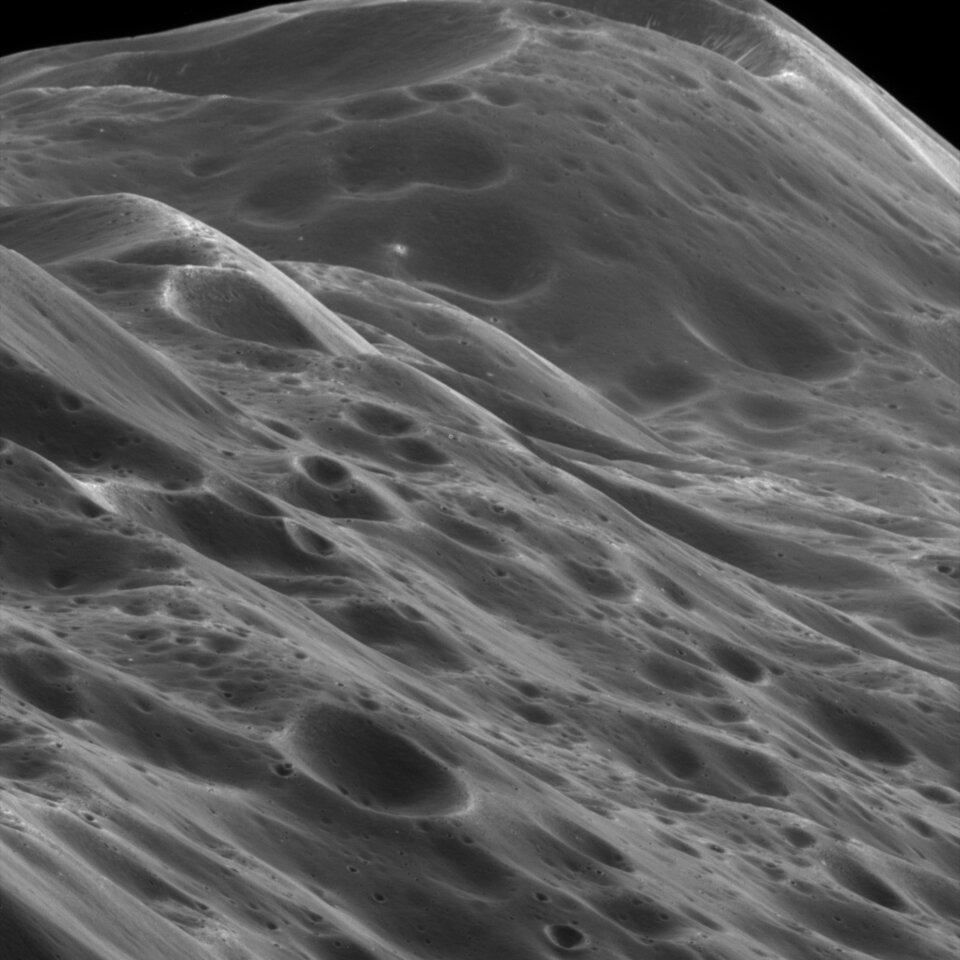
"Iapetus provides us with a window back in time, to the formation of the planets over four billion years ago. Since then its icy crust has been cold and stiff, preserving this ancient surface for our study," said Torrence Johnson, Cassini imaging team member at JPL.
Cassini's multiple observations of Iapetus will help to characterise the chemical composition of the surface; look for evidence of a faint atmosphere or erupting gas plumes; and map the night-time temperature of the surface. These and other results will be analysed in the weeks to come.
Notes for editors:
The Cassini-Huygens mission is a cooperative project of NASA, ESA and the Italian Space Agency.
The Jet Propulsion Laboratory (JPL), a division of the California Institute of Technology, manages the Cassini-Huygens mission for NASA's Science Mission Directorate. JPL designed and assembled the Cassini orbiter. ESA developed the Huygens Titan probe, while ASI managed the development of the high-gain antenna and the other instruments of its participation. The imaging team is based at the Space Science Institute, USA.
For more information:
Tilmann Denk, Planetary Sciences and Remote Sensing Department, Free University of Berlin
Email: Tilmann.Denk @ fu-berlin.de
Jean-Pierre Lebreton, ESA Huygens Project Scientist
Email: Jean-Pierre.Lebreton @ esa.int


